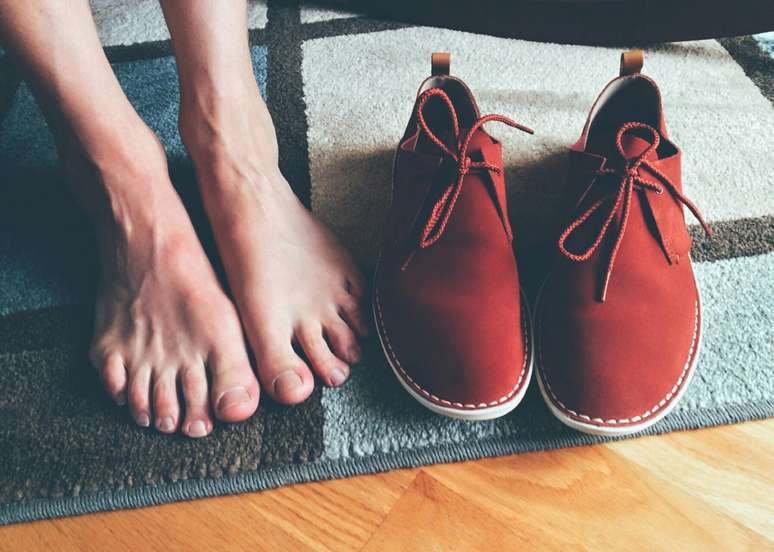The technique has no scientific evidence and has been disclosed by the young people who have put themselves in unusual situations to learn to manage “no”
In recent months, the so -called “refusal therapy” has gained popularity on social networks, with hundreds of users who share experiences and affirm that the method has helped them manage anxiety, self -esteem and even fear. The practice, which does not have a scientific basis, is to expose itself to uncomfortable or shameful situations that will most likely lead to refusal, work, public transport or interactions with unknown people.
The idea is to reduce the fear of refusal by listening to a “no”. Being able to face these situations in a controlled way, the individual would become more resilient and confident in facing the failure or lack of acceptance.
Among the embarrassing situations there are on loan money from a stranger on the street; Ask for a hug between the crowd; greet the strangers inside the subway; And also go to a cafeteria and ask for a certain product for free. In fact, however, the person does not want any of this and does not worry about the answer they will receive: the point is to beat the barrier and be able to ask the question. All this recorded by the cell phone camera and shared on social networks.
Requatement and mental health therapy
The “refusal therapy” would be a simplified form of “exposure therapy”, this is a consecrated and widely used technique used by psychologists as part of cognitive behavioral therapy (CBT) in the treatment of specific disorders such as panic syndrome, social phobias, the fear of the plan, generalized anxiety, among others.
As the name suggests, the therapy consists in gradually exposing the patient to a situation that fears to reduce his excessive response of fear through desensitization. Usually it begins with images, the use of virtual reality and only then does the person try to have direct contact with the feared situation or the phobic object. “Fear can even persist for a period, but in a more controlled way, reducing the level of suffering”explains the psychiatrist Elton Kanomata, From the Israelite hospital Albert Einstein. Parallel, the patient usually also trains relaxation techniques to reduce their levels of anxiety and tension.
Refusal therapy, on the contrary, is not a formal treatment. Furthermore, the fact that the person films and publishes embarrassing situations on social networks can even worsen anxiety paintings in prepared individuals. “The idea of exposing itself into very bizarre contexts makes no sense. It would have any meaning if the person exposed himself to the situations of his daily life to develop social and socio -emotional skills for life. But passing the transition to pass does not need emotional discomfort and does not bring any profit.”Kanomata observes.
The consequences can go beyond that moment when the person felt the “no” and was rejected. By publishing the experience on social networks, the individual has again exposed and puts himself under judgments and criticisms of countless people. “The new generations are not used to listening to” no “and many people go in search of quick and simplified solutions. If that person does not get the involvement they would like on social networks and receive negative comments, for example, this can worsen an emotional picture.”warns the psychiatrist.
Although the “refusal therapy” may seem an interesting approach to those who try to overcome insecurity, Kanomata stresses that it should not be seen as an immediate solution or replace recognized treatments. “If it is really to work this problem of refusal and frustration, it is important that this process is carried out by a professional who can accompany the patient during the sessions and discuss situations, to help manage the clash of situations and prevent him from feeling more anxious or devalued.”proposes the doctor.
Source: Bassetta Fernanda, Einstein agency.
Source: Terra
Ben Stock is a lifestyle journalist and author at Gossipify. He writes about topics such as health, wellness, travel, food and home decor. He provides practical advice and inspiration to improve well-being, keeps readers up to date with latest lifestyle news and trends, known for his engaging writing style, in-depth analysis and unique perspectives.








